The Perusal #28: Bart Davenport, Kumo, Amine Mesnaoui & Labelle…
March 28, 2022
A LOOK AT WHAT’S OUT THERE: Dominic Valvona’s Reviews Roundup
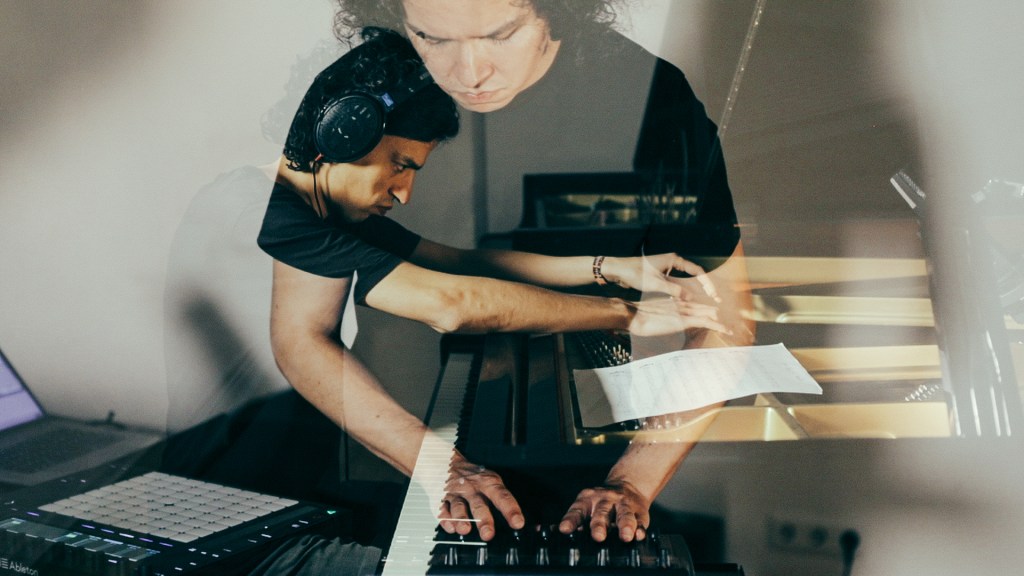
Amine Mesnaoui & Labelle ‘African Prayers’
(Lo Recordings) 1st April 2022

Back again conducting wonders, Jérémy Labelle finally makes the album he always dreamed of with friend and musical partner, the Moroccan-in-Paris pianist, Amine Mesnaoui, 15 years after first crossing paths on the Seine riverbank. As backstories go it’s a fated one, Labelle DJing a Techno set (just one of many musical genres under his belt) suddenly leaping into action to save his future collaborator and party attendee, drowning in the iconic river. Thrown together under the most insane conditions, both musician-composers formed a bond, which is now transduced into a most atmospheric mood suite of atavistic ritual, ceremony and futurism.
Already riding high this year off the back of his expansive universal vision of Maloy music and the classical, this January’s Éclat album, Labelle now appears alongside his classical and jazz studied foil on a both electroacoustic and avant-garde transformation of the North African, but more specifically Moroccan, Gnawa Ritual of the Seven Colours liturgy.
Performed traditionally with the entrancing music of the ‘maâlem’ masters and the spiritual guidance of a ‘shuwafa’ (a clairvoyant, of a kind) this important communion, invocation of the seven main manifestations of the divine ‘demiurgic’ activity calls for the seven saints and ‘mluk’ who are all represented by various shades of colour – hence the name. To go deeper into the meaning, this ritual represents a prismatic decomposition of the original light/energy; the first sacrifice and genesis of the universe as outlined in this Islamic belief and form of religious songs, rhythms, poetry and dance.
However, instead of the signature hypnotic scratchy, scrapped energy of the ‘guembri’ we instead have Mensnaoui’s modified brassy, buzzy resonating piano, which has various objects, props inserted into its strings, and Labelle’s array of electronic interactions and effects to stimulate the mystery and ethereal prayer of that arcane ritual. The mood is every bit as mystical and venerable, only those colourful representations now extend into Cage-style modern classical experimentation, deconstructive spiritual jazz and electronica.
‘Lueur’, ‘white” the colour of the Gnawa religion itself, does have a hint of spindled desert contouring Arabia yet features softened but deep bass stamps and thuds and quivery trills of something otherworldly. Those ‘celestial spirits’ are invoked on the “dark blue” shaded ‘Pérjastre’, stirred up by both chimed and spidery runs up and down the piano’s strings, the sound of softened foot pedal movements, percussive shimmers and breaths from the ether.
The rhythms really get moving on the colour ensemble of ‘Krazé Muneataf Tanzen’, the tribal and avant-garde coming together in a reimagined dance that evokes a meeting between Jeff Mills and Afrikan Sciences. On the aquatic, liquid ‘Bleu Noir’ (the album’s lead single, and in case you didn’t guess, represents the colour “light blue”, a symbol of the ocean and sky) Mesnaoui plays freely with trickled and cascading notes, sounding not that far off from the experimental works of Abdullah Ibrahim.
Familiar African percussion, cattle and long tubular bells and piano turn into electrified forms of futurism. It’s certainly a different perspective, playful, explorative yet attuned to the source material, inspiration. This is Gnawa music and ritual as you’ve never heard it; moving into new realms of sonic enterprise. Just don’t wait so long next time guys, as this is a match made in the elementals.
Nicolas Zullo ‘Credendoti Montagna’
(Ibexhouse) 18th March 2022
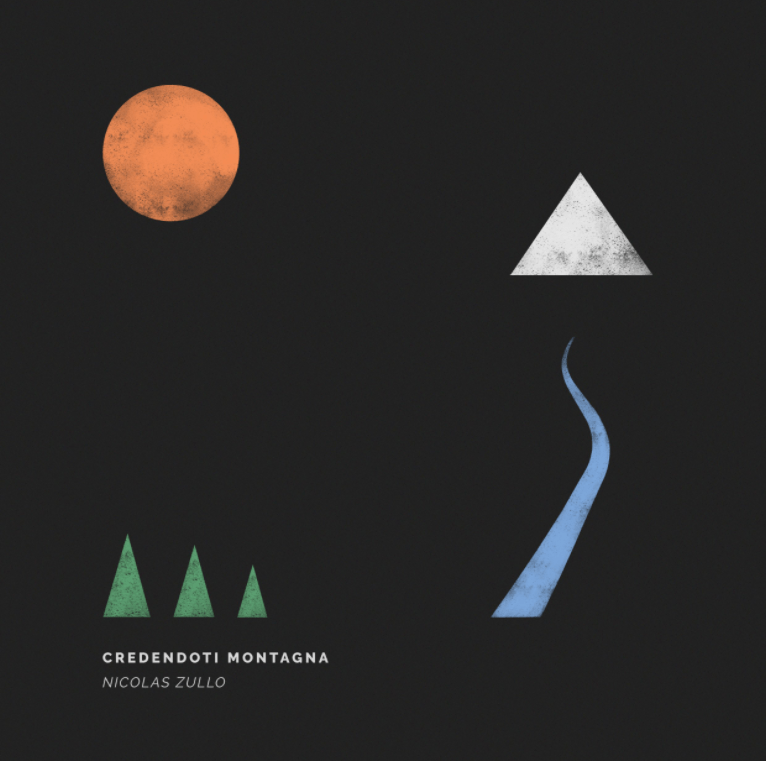
The Italian philosophy student turn songwriter Nicolas Zullo interprets and translates a fertile imagination into a lucid dream theatre on his debut solo album, Credendoti Montagna: that’s “believing you are a mountain” to my non-Italian speaking friends.
Unravelling a most poetic psyche, Zullo is aided by Mirko Bianchini on bass, Eduardo Dinelli on drums, Umberto Ciccarelli on keys and the notable Alessandro Fiori on synths, violin and choirs; he also helps to record these enigmatic songs, journeys of the mind, which gently unfurl to traverse the Renaissance, psychedelic, folk, prog, Britpop, 70s soft rock and spells of 60s troubadourism.
Imbued with the bellissimo diverse splendours of the Viareggio, with its gorgeous coastlines, lakes and mountains, these softened studies move with ease through a magical world: simultaneously Freudian and Flyodian! That’s both a Syd-era Pipers At The Gates Of Dawn and a post-Syd Dark Side Of The Moon meets The Wall versions of the Floyd I might add. Unconsciously perhaps, though Zullo name checks a list of artists he grew up absorbing, there’s a light of touch lean towards the Floyd across at least half this album. That and beatified echoes of 10cc, Tame Impala, The Beatles, Ralph McTell, Donovan, Dylan’s harmonica, and 60s/70s Italian cinema soundtracks. Although the part cabaret, part circus trippy ‘Se Fussi’ (“if I were”) is like a Sgt. Pepper Jacques Brel.
Submerged into an enchanted songbook and subconscious of swoons, swirls, romanticism and reflection the listener will find the soft, almost pop-lit with touches of the neoclassical, just quirky enough to hold the attention. Throughout a bathos and pathos of interpretation, and an escape from the ugly machine, there’s a lovely fluid lyricism – OK I’m going on the timbre, candour, feeling, as despite my name and roots I cannot speak Italian. Zullo has crafted a spellbinding, impressive debut, a magnificent, sensory dream-realism of scale and erudite musicianship.
Bart Davenport ‘Episodes’
(Tapete Records) 25th March 2022

A revolving door of labels, from mod to blues singer and soft rock troubadour, Bart Davenport seems to inhabit them all, and many others, on his new episodic songbook.
There’s a certain 60s backbeat in evidence, and chinks and brassy rings of The Beatles and The Byrds, Powerman era Kinks, crooning swoons from the Scott Walker playbook (a sort of reminiscence of ‘Deadlier Than The Male’, removed to Turkish shores, on the eastern psych Ipcress Files scored ‘Naked Man’)and 70s singer/songwriter vibes. Fans of the L.A. artist will feel comfortable anyway, as Bart, in a disarming, melodically timeless fashion, immortalises idiosyncratic characters, lovelorn remiss and more psychedelic episodes from an everyday diorama.
Bart’s joined in this enterprise by regular band mates Jessica Espeleto (on bass) and Wayne Faler (on lead guitar). The invitation is however extended beyond those two regulars. Complimenting the Davenport combo is drummer Graeme Gibson, who eases that backbeat I mentioned on the album’s wanton Baroque and Glenn Tilbrock-like ‘It’s You’ (one of my favourites by the way); percussionist Andres Renteria (of Jose Gonzales and Roderigo Amaranto note), providing sauntered shakers and (I take it) the quasi-Curtis Mayfield soft soul hand drums on the tropicola-like George Michael on AM radio ‘Easy Listeners’; and Aaron M. Olson, adding inspiral suffused organ to the second eastern-psych, with Spanish flourishes and deft Rolling Stones guitar scales, ‘Strange Animals’. Aaron has already, in the past, produced the Bart & The Bedazzled’s previous album Blue Motel, so he knows this set-up well. Swelling with subtle cinematic, romantic and sentimental strings, Dina Macabee lays down a number of original arrangements; notably on the Greek/Med serenaded ‘Billionaires’ and more acoustic folk-psych yearn ‘Alice Arrives’. The first of those is a quite forlorn, if laughable wistful window in on the tech giant oligarchs: messers Bezos, Gates and Zuck radiating a deep sadness and emptiness, as witnessed by our troubadour. They soon have the last laugh as they board a rocket bound to some new idyllic utopia they can fuck up. The second of these songs uses a befitting psychedelic language of paisley and flowery acid-folk, a mix of Fairport Convention acoustic backing and Ralph McTell delivery.
Bart proves he has an ear for a familiar tune, as he regales heartfelt declarations, ambles through modern life and interacts with a strange cast. His melodious craftsmanship often hides, at least some, of the deeper social tragedy and lamentable ills of a world in deep shit. Yet, it’s all there in full comical glory. Episodes will really grow on you as a first rate songbook from an artist who knows how to write a good tune.
Harry Christelis & Pedro Velasco ‘Scribbling’
(Ubuntu Music) 25th March 2022
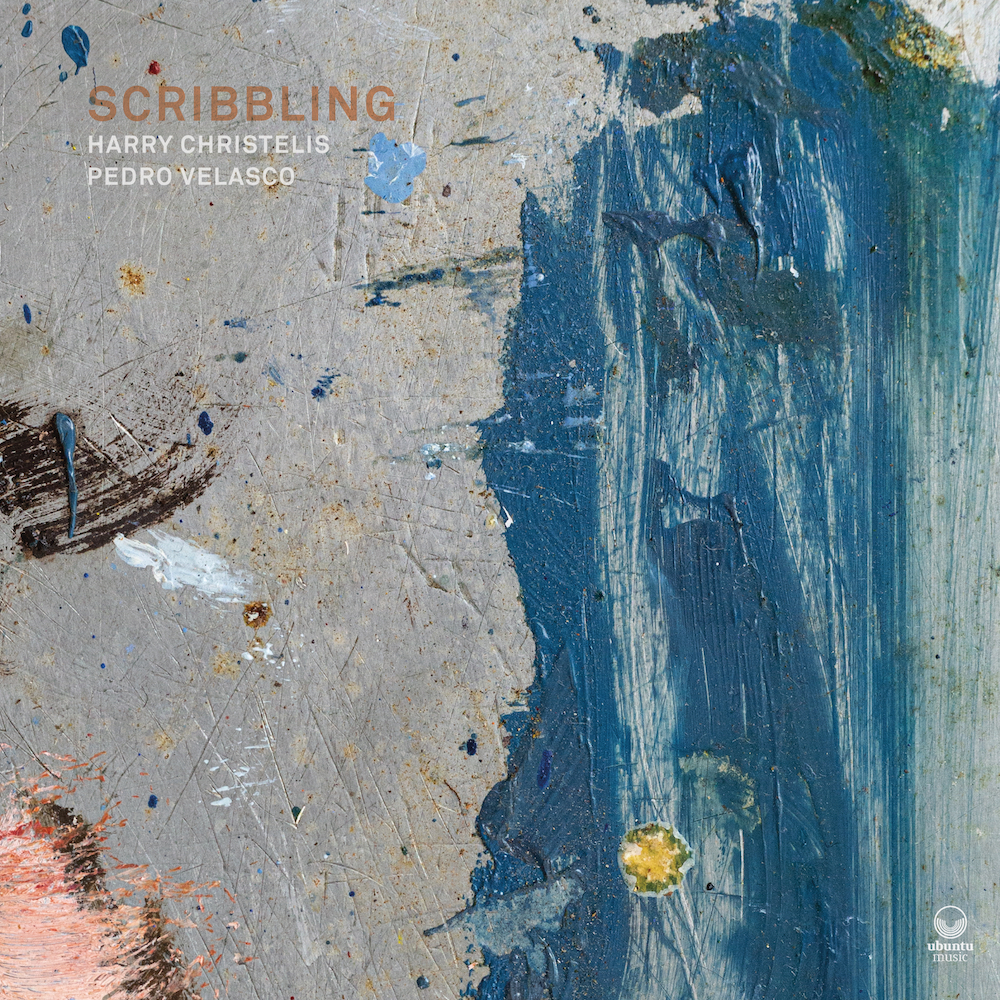
It’s a title that suggests the mere scribbled doodles, unplanned accumulations of two musicians idling away their time until something more meaningful, better comes along to focus on. In fact the congruous (as it would appear) and adroit partnership of acclaimed guitarists Harry Christelis and Pedro Velasco is anything but: improvise most certainly but skilfully measured and crafted all the same.
Both based in London – though of course Pedro is originally from Portugal – and so crossing paths over the years (actually first coming together to play at a concert in 2016 in the capital) via their respective improvised experimental and jazz set-ups (from Harry’s part in the Walrus Trio, Jamie Doe’s The Magic Lantern and his very own Moostak Trio, to Pedro’s own trio, Akimbo and Machimbombo led turns), this pairing once more teamed-up, just before lockdown restriction in the December of 2020. As the pandemic (hopefully) ebbs and life in the UK gradually starts to look more normal, those mental strains of isolation and themes of disconnection now seem almost to pale insignificance to the onset of war in Eastern Europe. Scribbling’s intentions remain just as relevant, important, to find solace, a space in which to escape the distractions of our modern overpowering Internet age. As a platform to ‘focus, to develop’ and measure time in a more serene way this album of both shared and individual composed mood music gently evokes and mines each artist’s state of mind and musings at that particular point in time.
Chimes, gestures, subtle phrases and caresses of the blues, jazz, neoclassical, Iberian evoke everything from late Clapton and Ferderico Balducci to Myles Cochran and Pink Floyd. Pedro’s off world hovered ‘Nos Entrentos do Silênco’ (“In between the silence”) even has an air of the Kosmische about it: a bit of Ash Ra Tempel perhaps. Laidback jazzy summer wine melodies share the space with atonal mirages and more abstract vignettes; tracks that concentrate more on the effects, spidery finger tabs on buzzing electrified guitar strings and the sound manipulation, contouring of amp hums and reverb.
Both guitarists never seem to indulge themselves, nor overfill that special emotive space with excessive soloing. There’s even room for the synthesized, with a constant presence of ambient waves, drones, tape reversals, tubular metals and more sci-fi computerised sums. Together these elements, atmospheres add mystery, calculation, and the cosmic to proceedings: the electronic bits on the opener, ‘Paul’s Closet’, even reminded me of a very early Aphex Twin.
A fine balance of contemplation, the measuring of time in a reflective way, and pedal board hardware trickery is struck. The artful and obvious articulate skills of both Harry and Pedro emote far deeper connections, descriptions and horizons than mere daubing’s. Scribbling is a fine piece of sagacious, subtle musicianship.
Yamash’ta & The Horizon ‘Sunrise From West Sea Live’
(WEWANTSOUNDS) 1st April 2022
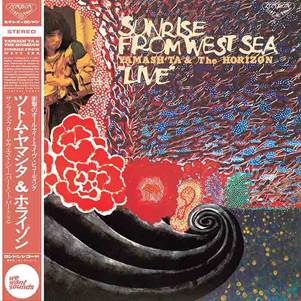
Reissue specialists WEWANTSOUNDS (their caps lock signature not mine) continue to drop rarities, cult favourites and avant0garde eccentricities with the first ever reissue of Yamash’ta & The Horizon’s ’71 dream team live special, Sunrise From West Sea. This edited down spilt peregrination of freefrom jazz, kool-aid and Fluxus-like classical deconstruction, performed at the Yamaha Hall in Tokyo on April 18th of that year, can now be yours on vinyl; remastered, it should be added, from the original tapes.
The Julliard and Bekrlee alumni and Japanese genius Stomu Yamash’ta assembles an enviable cast, joined in this far-out improvisation by fellow jazz pianist compatriot and Berklee student Masahiko Satoh, the Julian Cope Japrocksampler noted and Fluxus instigator/composer/violinist/artist Takehisa Kosugi on electric violin, and electrified shamisen player (a traditional three-string Japanese instrument played with a ‘bachi’ plectrum) Hideakira Sakurai. All together, untethered from reality and the rules of composition this Japanese quartet inhabits an alien soundscape of the submerged and wildly bendy!
From the depths of Atlantis to the South China Seas into an archipelago of Pacific Island native drumming circles, the associations are free and loosely ethnological and yet beyond any real tangible geography that exists.
As you might expect from a critically renowned percussionist (hailed no less by John Cage, who he worked with on occasion, as one of the world’s best) there’s plenty of hand-drumming and rasps, thrashes of obscured percussive instrumentation to be found, both serial and galloping or, slapped into something that resembles a rhythmic propulsion. In the meantime Satoh seems to scratch and physically pull at the inner workings of his piano; occasionally tinkling with actual recognisable notes. Taj Mahel Traveller Kosugi pinches, strains and bows away at the catgut; somehow making the electric-violin sound otherworldly, wailing and quivered. In a similar vein Sakurai transports us to some abstract, primordial vision of the Far East, again, only now and then offering his shamisen instrument an easy ride with recognisable frayed stirrings and yearns.
‘Part 2’ is almost filmic in places, which is unsurprising as both Yamash’ta and Satoh were engaged in or, about to score some movies. Yamash’ta already well versed having a collaborative relationship with the English conductor Peter Maxwell Davies, who’s score for Altman’s 1972 Images movie would feature his contributions, also instigated, ran the Red Buddha Theatre and had his music used in Roeg’s The Man Who Fell To Earth and later, the BBC’s Hitchhiker’s Guide To The Galaxy. Satoh would most notably go on to provide the score for the 1973 cult erotic psychedelic anime Bellodonna of Sadness.
Four avant-garde travellers cross paths and dream about the life-giving forces on the West Sea horizon in a show of explorative mania, trepidation, supernatural and cosmic hovering. This is a weird performative space of tightrope walked resonated string instrument drama, whale song, shuttled percussion and abstract forces. The sort of thing Cope would lap up and recommend to the head music community.
Ben Vida And Lea Bertucci ‘Murmurations’
(Cibachrome Editions) 1st April 2022
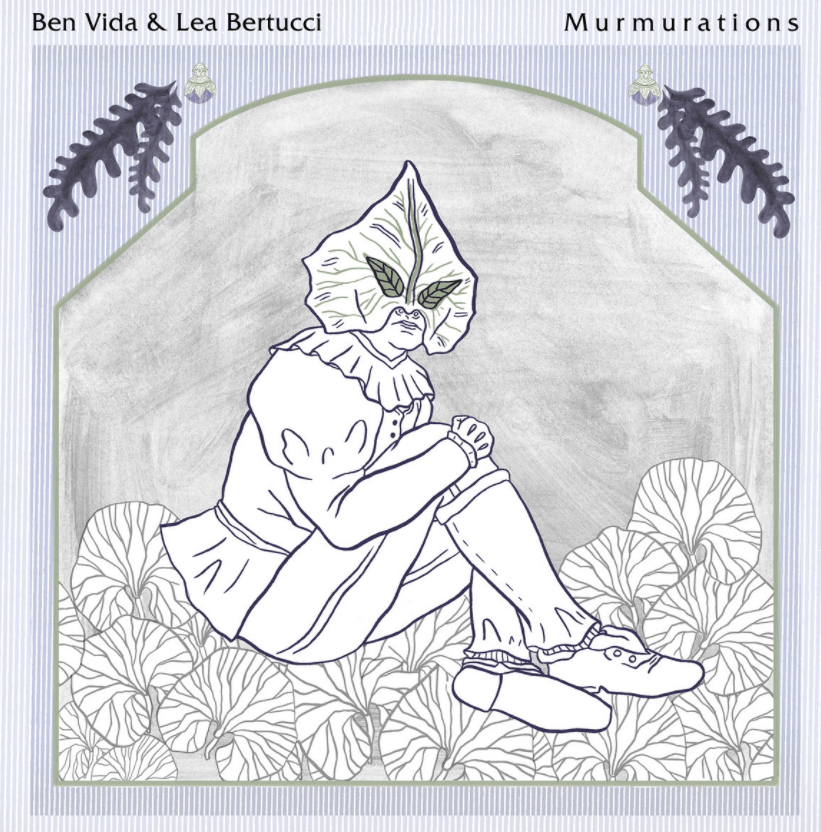
Stalwarts of the NYC experimental scene Ben Vida And Lea Bertucci appear together for the first time as an electroacoustic and transformed voice duo. At opposite sides of the same mountain in the famous arts and music retreat of Woodstock, both artists initially began conversing as friends before taking the plunge and developing a special ‘non-hierarchical’ improvised collaboration.
Although more or less obscuring, coating in various effects each other’s contributions, murmurs of Lea’s wind instruments and rasped, reedy saxophone can just be detected amongst the magnetic fizzles and slithery, tentacle tape thrashing. Live tape manipulation, modular synth, sampling, real-time instrumental and vocal improvisation are all set in motion to create an often alien, avant-garde and often low-grade industrial atmosphere; a cosmic soundtrack and art gallery installation score.
It constantly feels as intimate as it does expansive, with the looming and hovering presence of some kind of extra-terrestrial craft. There are hums, pulses that could be motors, and the sound of rippled propellers in the air. Some passages even evoke the lunar. Yet there’s also the resonance of some eco-system: strange bird echoes, insects chatter and the most humid of sub-tropical heats buzz – think A.I. exotica of Clarke’s Rendezvous With Rama.
Fluted hinged and solar windy funnelled real instruments blow across a sulphur spool of vapour and wispy ghostly waves. Occasionally you can hear the most un-rhythmic of tub patters in that atmosphere.
Both artists work with the human voice too, offering Cuushe-like utterances of an undefined language, and on the album’s title-track, a transformed, broken-up conversation between Ben and Lea. Phonetic breakdowns, sucked up and reversed snippets of dialog turn into harped arias and the giggles.
This could be a static-charged paradise or a virtual existence in the bubble, whatever it is Murmurations has some strange, explorative sonic worlds and new esoteric-like communication processes to draw the listener in.
Kumo ‘Three Tigers’
(Self Release)
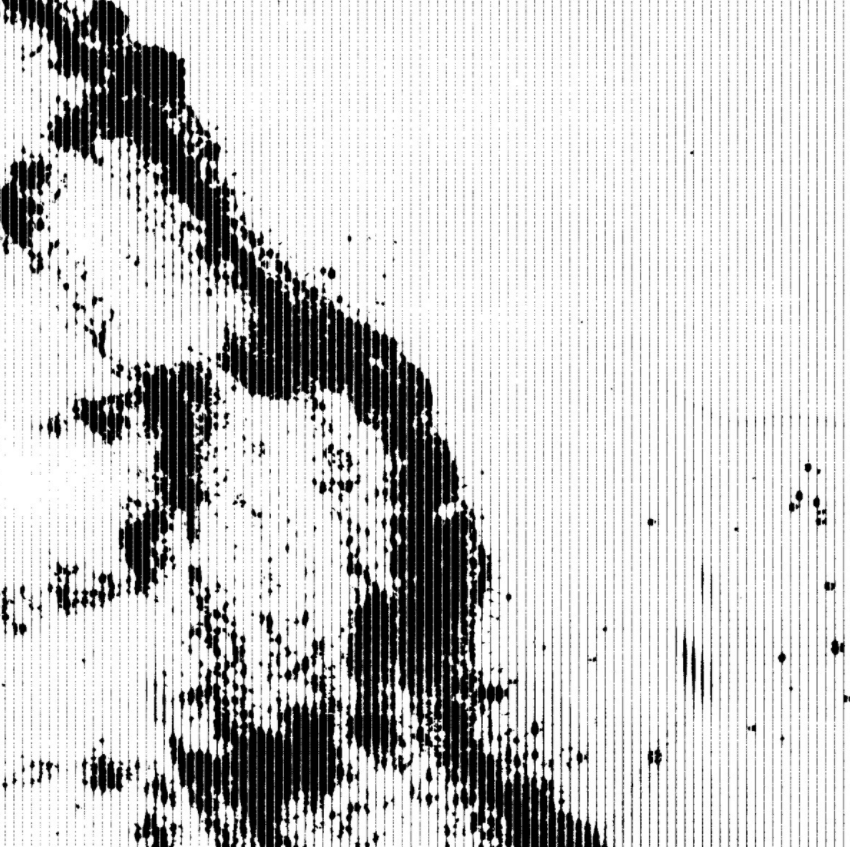
Unless you’re Chinese or a student of that country’s culture or, like the electronic polymath Jono Podmore, an acolyte of its martial arts (in this case the Taoist-imbued Tai Chi), it may very well have escaped your notice that 2022 is the year of the ‘Tiger’.
Born under that Chinese Zodiac cycle myself I was always curious to its omens, augurs. Of which, the Tai Chi teaching Jono seems to have predicated an omen, a very bad one, when asked by a student back in February (the official start of the Chinese calendar) what to expect in the year of the Tiger. His answer: war! And so perhaps we can blame him now for what’s happened in light of the invasion of Ukraine – only kidding.
However, we’re informed that despite this magnificent animal’s more dangerous attributes, ‘there are many tigers’ to decipher, to draw meaning from: the ‘strength’ to overcome problems, its beauty, even calmness.
Exploring all these aspects, traits and metaphorical quandaries, symbols Jono draws from the atavistic Tai Chi teachings on his latest Kumo alias release. And just like that regal big cat’s dualism – ‘a force for peace and reconciliation as a harbinger of war’ – the trio of electronic encapsulations, calligraphy brushed evocations, are a surprising mix of the experimental and dynamic.
In a more serene setting the opening ‘Tiger Lies Down’ surveys an electrified Spring landscape of lush flowing, cascaded waters, our magnificent beats wandering an ambient-charged calm that encourages tranquillity and meditative pause: at least a moment to retract those claws anyway. Undulating this natural scene is a subtle, nuanced bobbing Orb and Banco da Gaia like trance beat, synthesized percussive shimmers and dissipating steam. Things do turn a little wild at the end with a contortion of transmitted wiry signals; a sound that will return later on.
Upping the energy, ‘(Retreat To) Ride Tiger’ prowls a techno and house infused bob and bounce beat of Jeff Mills, Juan Atkins and Felix Da Housecat coming together for Basic Channel. Representing the tiger’s reluctance to take passengers, but taking that wild ride anyway, the waves, dance pulses, glints of spiritual mystery and danger keeps on coming.
The final push to holy peaks brings our subject to the mountains for perhaps the most serial, explorative track of the three. Edging through tubular bamboo and undergrowth, Jono guides us through an arching, bendy and looming electronic terrain. Oscillating spirits, the echoes of a sacred space envelope a sensory tread. Those signal frequencies from the fist track make that return I mentioned, as the tone become more otherworldly, mythical and cosmic.
Neither in the spirit of Eno’s own Tiger mountain excursions nor in the manner of Orientalism, Jono surprises with a soundtrack representation devoid of those Chinese musical signatures. Instead, traversing ambient, techno, soundscaping and the kosmische he paints a unique homage, respectful acknowledgment to China’s ancient symbolism and the most majestic, powerful (unfortunately endangered; much of which is down to the Chinese themselves hunting them down to extract their magical properties for medicines) of creatures. Juts please don’t act the Cassandra again! We have enough on our plates already without more predictions!
Adams, Dunn & Haas ‘Future Moons’
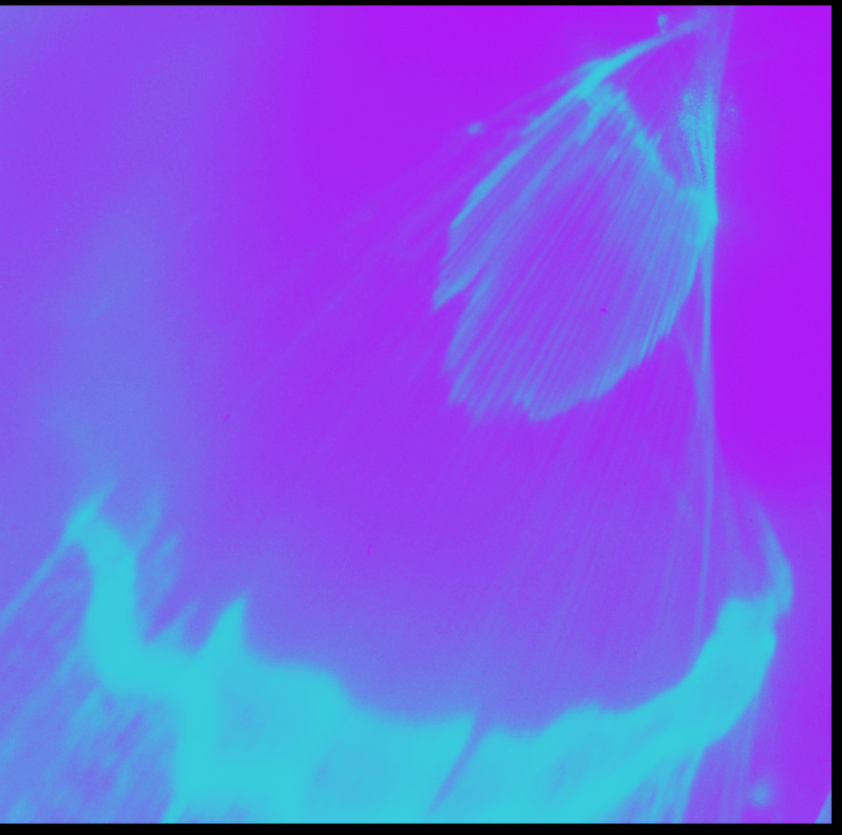
New York postcard penpal Andy Haas (you can find Andy’s Covid years series of regular Museum of Modern Art imbued postcards on our Instagram account) with regular Toronto foil Matthew ‘Doc’ Dunn and Kieran Adams travel untethered to one of our nearest constellations and beyond on the starry Future Moons.
A contortion of wailed avant-garde, galactic freeform jazz, cosmic courier kosmische and far-out peregrinations, each sonic astronaut brings something both different and explorative to the far-flung outer limits.
But before we travel any further, a little provenance is needed. Adams CV includes the synth pop group DIANA and various stints alongside Bonjay, the Weather Station, and Joseph Shabason. His latest project is Vibrant Matter. Dunn’s been a chief instigator in the experimental Canadian scene, most notably as the driver behind The Cosmic Range collective. Haas’ near five-decade career includes the Canadian new wave trailblazers and international hit makers Martha And The Muffins, and an enviable catalogue of collaborative ensemble projects with Mar Ribot, Zeena Parkins, John Zorn, Ikue Mori, Don Fiorino, U.S. Girls plus Dunn’s Cosmic Range. Here and now, Haas’ fluted, spiralled and wild signature saxophone contours and trilling blowouts veer off like a mirage of Sam Rivers, Pete Brützmann and former foil Zorn as Adams and Dunn’s drums and electronic apparatus run amok in hyper space, hinting at Ilhan Mimaroglu, Anatoly Vaprirov and Dzyan.
Within that swanned nebula and astral worship there’s oboe-like sounds from a removed Arabia, strangled screams, flailed wails and cries and library music like leaps, bubbly chemistry, space gate light speed tripping, holy disorder and modal jazz blues: sonnets, screaming declarations and flowery offerings to majestic universal bodies. Strung-out in the highest heavens of space this exploratory, expressive trio navigate an abstract starry passage to new dimensions.
How You Can Help Us Continue In 2022:
Hi, my name is Dominic Valvona and I’m the Founder of the music/culture blog monolithcocktail.com For the last ten years I’ve featured and supported music, musicians and labels we love across genres from around the world that we think you’ll want to know about. No content on the site is paid for or sponsored and we only feature artists we have genuine respect for /love. If you enjoy our reviews (and we often write long, thoughtful ones), found a new artist you admire or if we have featured you or artists you represent and would like to buy us a coffee at https://ko-fi.com/monolithcocktail to say cheers for spreading the word, then that would be much appreciated.
3 Responses to “The Perusal #28: Bart Davenport, Kumo, Amine Mesnaoui & Labelle…”
Leave a comment Cancel reply
This site uses Akismet to reduce spam. Learn how your comment data is processed.
Fabulous writing as always – some interesting stuff to have a listen to. Thank you.
thank you kind sir.
[…] Amine Mesnaoui & Labelle ‘African Prayers’ (Lo Recordings) DVReview […]